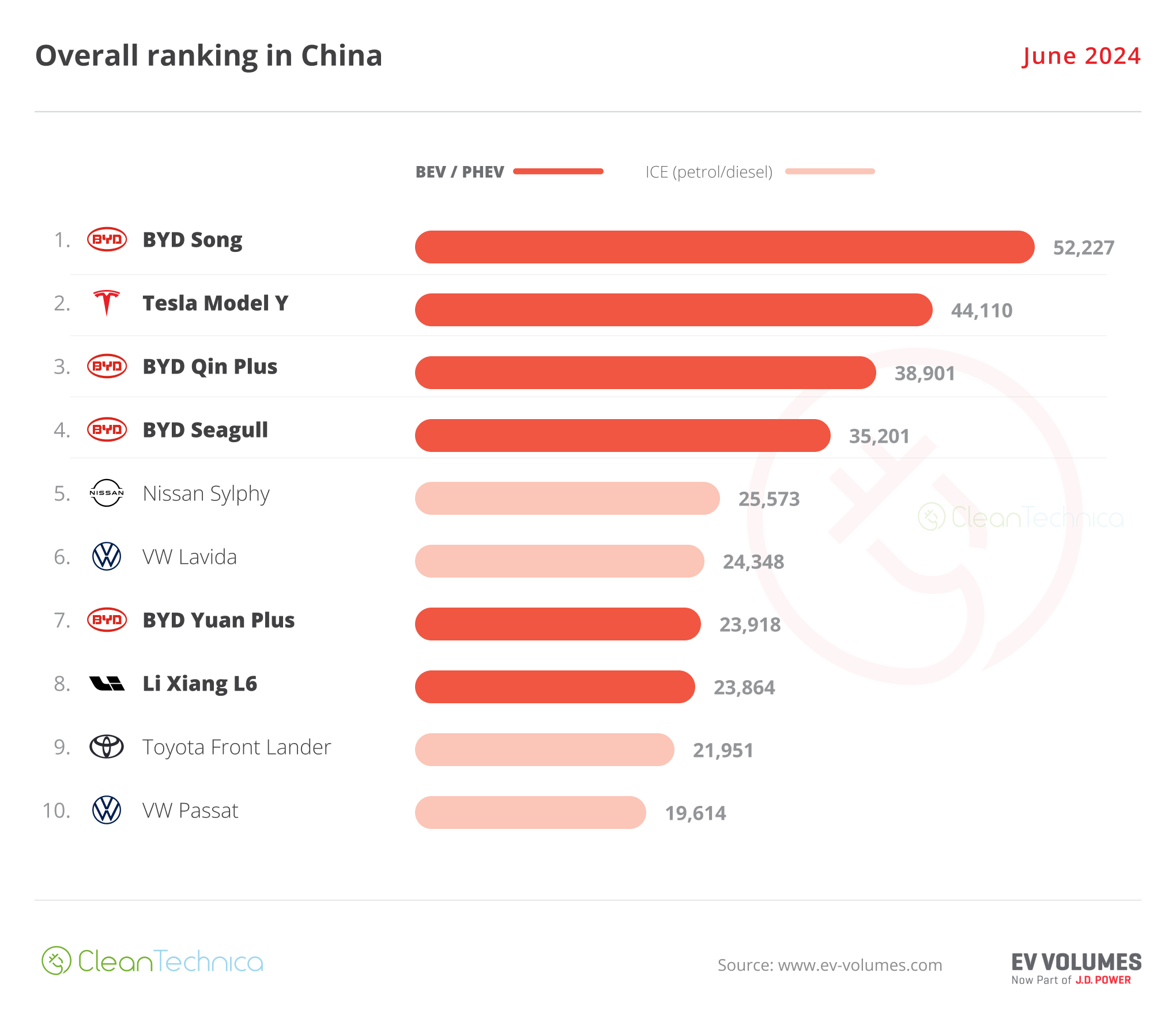(Bloomberg)
Canada’s plan to limit emissions from the oil and gas industry is set to test the sector’s resolve in tackling climate change, a challenge it has said for years it’s willing and able to take on.
Those reductions would be as little as 20% below 2019 levels for the overall sector if companies use all available flexibility measures, including buying carbon offsets or paying into a fund that promotes decarbonization in the sector. But the upper level of the government’s target is to reduce emissions from the sector by as much as 38%.
It’s a significant concession to the industry from original projections that producers would have to slash emissions by 42%.
The Pathways Alliance, a group of six Canadian oil-sands producers, laid out a plan two years ago to lower emissions by 22 million tons a year by 2030. The government’s new target, then, leaves as little as 12 million tons of reductions for the remainder of the oil and gas industry to achieve.
The emissions cap policy “is in line with what the industry said is doable,” said Sara Hastings-Simon, an associate professor in the department of earth, energy and environment at the University of Calgary. “If there is pushback on this, that calls into question whether they are really serious and really committed.”
The Pathways Alliance gave a measured response, saying it will take time to review the framework and how it will affect oil-sands operations. Other industry players and officials were more critical of the plan.
The Canadian Association of Petroleum Producers, the main trade group representing oil and gas companies, said the emissions cap was “effectively a cap on production” that could result in “significant curtailments.” Another trade group, the Canadian Association of Energy Contractors, said the policy would hinder the industry’s ability to attract capital.
The premiers of oil-producing Saskatchewan and Alberta provinces blasted the move by the government of Prime Minister Justin Trudeau. Alberta Premier Danielle Smith said the measure amounts to a forced cut in production for the province’s most important industry and said there was “no doubt” the matter would end up in court. Smith has already vowed to outright defy other federal energy policies — even threatening to create a provincial corporation that wouldn’t be beholden to federal rules, if necessary.
“If we have to, in some way, create some certainty so that we do not have a production cap, so we do not have our production shut in, we will also be the producer of last resort, whatever that may look like,” Smith said in a press conference from Dubai.
The emissions cap will apply to a broad range of activities related to oil and gas, including oil-sands extraction, conventional oil and gas drilling and the country’s small but growing liquefied natural gas export industry.
Oil sands producers already have their production concentrated in a limited area among a handful of producers that operate mines, oil sands upgraders and well sites, a fact that Pathways argues makes it easier to deploy carbon capture and storage technology.
Conventional producers of oil and gas include dozens of companies with well sites spread across Western Canada, adding complexity to the process of cutting carbon emissions. They’ll need to do things such as convert from natural gas to electricity on their rigs, which will require a larger electricity network, Kevin Birn, vice president in the GHG estimation and coordination group at S&P Global, said by phone.
For drillers in Western Alberta and eastern British Columbia, hydropower would provide a low-emissions solution. But if the electricity comes from natural gas-fired plants, emissions reductions could be limited.
Share This:
Next Article




